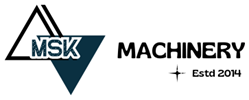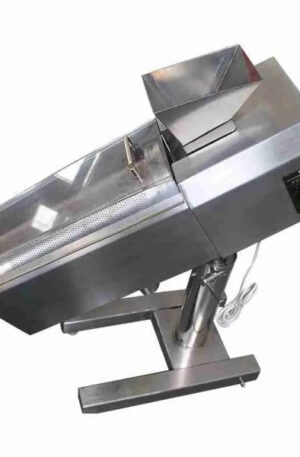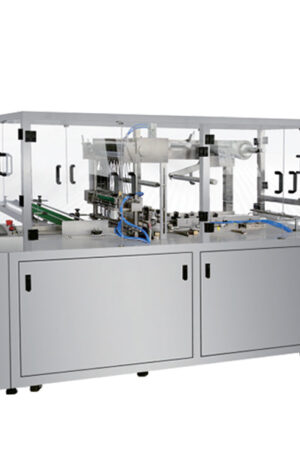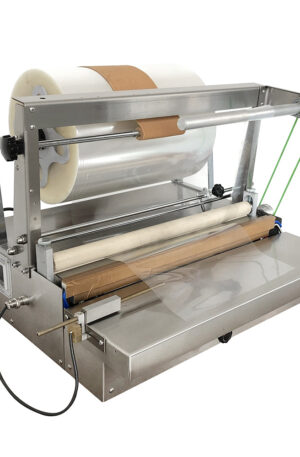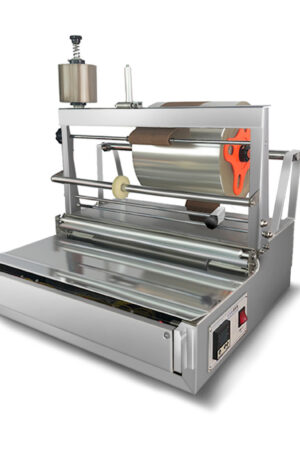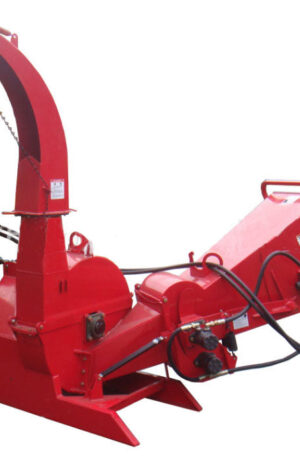Title: “The Evolution of Pharmaceutical Machinery: Innovations Driving Drug Manufacturing”
In the world of pharmaceuticals, the evolution of machinery has played a crucial role in shaping the way drugs are manufactured. From the early days of manual labor to the advanced technology of today, pharmaceutical machinery has undergone significant innovations to meet the demands of the industry.
One of the key components of pharmaceutical machinery is the table press machine. This machine is essential for manufacturing solid dosage forms such as tablets. The table press machine works by compressing powdered ingredients into tablets of uniform size and shape. Over the years, advancements in table press technology have led to the development of high-speed machines capable of producing thousands of tablets per hour.
Another important machine in pharmaceutical manufacturing is the capsule filling machine. These machines are used to fill empty gelatin capsules with powdered or liquid medication. The process is precise and efficient, ensuring accurate dosing for each capsule. With the introduction of automatic capsule filling machines, the production capacity has increased significantly, allowing pharmaceutical companies to meet the demands of a growing market.
Two popular types of table press machines are TDP (Tablet Press) and THDP (High-Speed Tablet Press). TDP machines are commonly used for small to medium-scale production, offering versatility and reliability. On the other hand, THDP machines are designed for high-volume production, with features such as automated feeding systems and real-time monitoring capabilities. These machines have revolutionized the tablet manufacturing process, making it more efficient and cost-effective.
In conclusion, the evolution of pharmaceutical machinery, including table press machines, capsule filling machines, TDP, and THDP, has greatly impacted the drug manufacturing industry. These innovations have not only improved production efficiency but also enhanced the quality and consistency of pharmaceutical products. As technology continues to advance, we can expect to see further developments in pharmaceutical machinery, driving the industry towards greater heights of innovation and efficiency.
